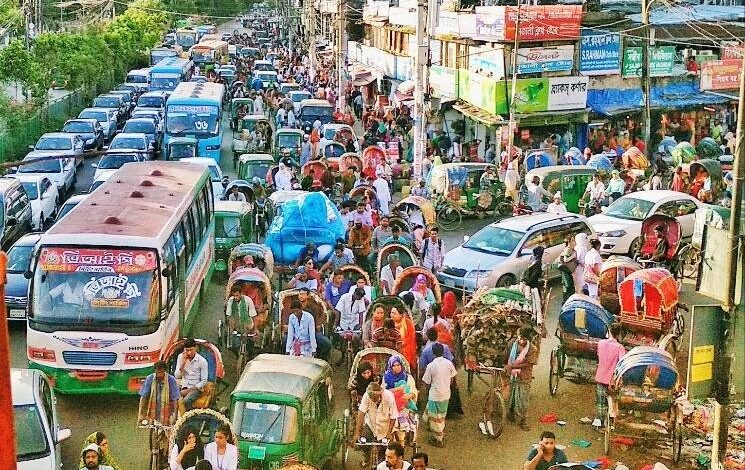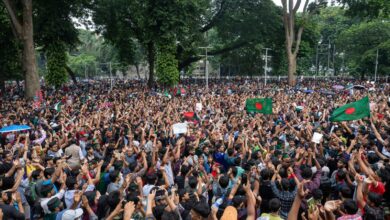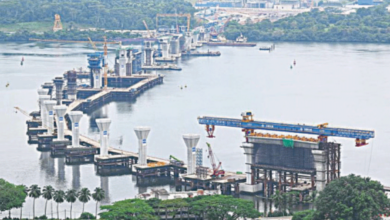Dhaka’s AI-Powered Traffic Signals Offer Promise, Face Challenges

Dhaka, a bustling city of 20 million, is turning to artificial intelligence (AI) in a bid to revolutionize its notoriously congested traffic system, Anadolu Agency reported yesterday in an article.
According to the source, an initial pilot project at the Gulshan-2 intersection has instilled cautious optimism among residents.
The AI-powered traffic signals use real-time data from cameras and sensors to analyze traffic flow and adjust signal durations accordingly. “By adapting to actual conditions, AI traffic signals optimize traffic flow, reduce congestion, and minimize wait times,” said Adnan Rashid, an engineer involved with the project.
The system can also prioritize emergency vehicles, detect pedestrians and cyclists, and coordinate with neighboring intersections for smoother management.
According to Dhaka North City Corporation (DNCC) CEO, Mir Khairul Alam, the goal is to replicate the “success of the Gulshan-2 pilot” at six more intersections.
However, the initiative faces several challenges. Lack of coordination between authorities is a key issue, as the traffic police responsible for enforcement do not have access to the AI camera footage. Policy changes are needed to grant them access.
Additionally, previous attempts at smart traffic signals have failed in Dhaka, raising doubts about the new AI system’s chances of success. Experts argue that AI may not be effective in Dhaka’s chaotic traffic environment, where a lack of lane discipline and presence of non-motorized vehicles create unpredictable conditions.
“Technology like AI might offer temporary relief at specific intersections, but it’s highly unlikely to solve Dhaka’s peak hour congestion,” said Md. Musleh Uddin Hasan, a transportation policy and planning expert.
As Dhaka’s population continues to grow, putting further strain on the city’s infrastructure, the success of the AI traffic signals will be crucial in tackling the longstanding traffic woes.






